https://philaholisticclinic.com/potassium/everything-you-need-to-know-about-potassium/
Potassium aka Kalium is one of the seven essential microminerals. The human body needs potassium to support key processes.
Kalium plays a role in the functioning of the kidneys, heart, muscles and in the transmission of messages by the nervous system.
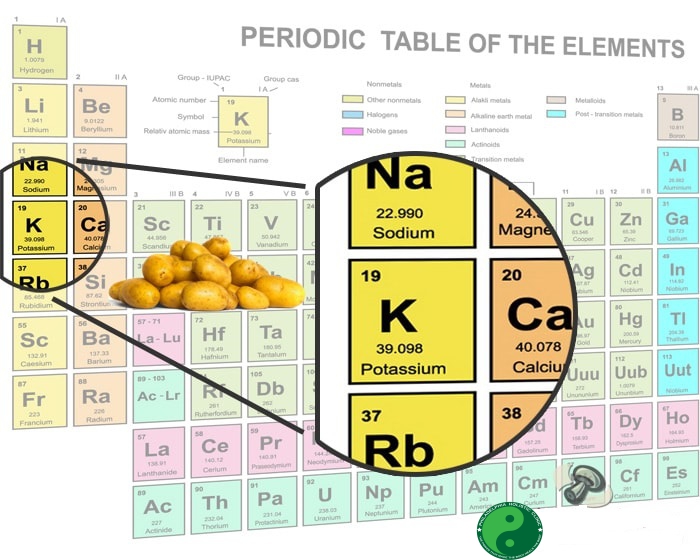
Below, we take a look at how much Kalium a person needs per day. We also explore the functions of nutrients in the body, good sources of potassium, and the effects of too much or too little intake.
Recommended potassium intake
Adequate recommended potassium intake is 3,400 milligrams (mg) per day for healthy adult males and 2,600 mg per day for healthy adult females.
The table below shows specific recommendations for different age groups.
| Age | Male | Female |
| 0–6 months | 400 mg/day | 400 mg/day |
| 7–12 months | 860 mg/day | 860 mg/day |
| 1–3 years | 2,000 mg/day | 2,000 mg/day |
| 4–8 years | 2,300 mg/day | 2,300 mg/day |
| 9–13 years | 2,500 mg/day | 2,300 mg/day |
| 14–18 years | 3,000 mg/day | 2,300 mg/day |
| 19+ years | 3,400 mg/day | 2,600 mg/day |
The ample consumption during pregnancy is 2,900 mg, as well as it is 2,800 mg while breastfeeding.
A person ought to aim to get their Kalium from a healthy, balanced diet regimen that offers a variety of minerals and vitamins. In some circumstances, a physician might advise supplements.
Benefits of potassium
Kalium is an electrolyte that the body requires to stay healthy. As the American Heart Association (AHA) notes, foods that contain potassium can aid take care of high blood pressure by minimizing the adverse influence of salt.
Having high salt degrees can boost the danger of high blood pressure. In healthy and balanced individuals, Kalium reduces this threat by aiding the body to get rid of salt. It likewise assists handle blood pressure by unwinding the walls of the capillary.
High blood pressure as well as cardiovascular wellness
Sufficient potassium consumption may protect against or take care of hypertension.
As well as if an individual has a high potassium consumption and a low sodium intake, this may help reduce the threat of cardiovascular disease as well as stroke.
Bone and also muscle mass upkeep
Potassium might contribute to bone wellness studies have actually suggested that individuals that consume a lot of vegetables and fruits which contain Kalium might have greater bone mineral thickness.
However, confirming this will certainly call for even more research. If the finding is true, researchers will certainly additionally need to discover the reason behind it and also whether supplements have the very same result.
A high potassium diet plan might likewise aid maintain muscle mass in older individuals and also people who have health conditions that lead to muscle loss.
Kidney health and wellness.
In healthy people, low potassium concentration might inhibit the kidneys’ capability to reabsorb calcium. High calcium degrees in the kidneys can result in renal calculi aka nephrolithiasis or urolithiasis.
Research from 2015 notes that changing to the DASHBOARD diet plan may help reduce the risk of kidney stones, as the diet plan favors foods rich in potassium as well as various other important nutrients.
Nevertheless, people with kidney failure ought to not consume too much potassium, as it can have an unfavorable effect. In this case, a medical professional will certainly suggest how much potassium to include in the diet.
Food resources for potassium
Kalium exists in many plant-based foods, but processing minimizes the concentration of this nutrient. Anyone with a diet regimen that contains processed foods might have a low potassium consumption.

Numerous processed foods are also high in salt, so a person with a highly-processed diet plan might need to boost their recommended potassium intake as necessary.
Overall, dried fruits, as well as pulses, are good sources of potassium. The table listed below programs particular quantities in one serving portion of different foods high in potassium.
| Food type | Amount of potassium (mg) | Percentage of Daily Value |
| A half-cup of dried apricots | 1,101 | 23% |
| 1 cup of cooked lentils | 731 | 16% |
| A half-cup of dried prunes | 699 | 15% |
| 1 cup of mashed acorn squash | 644 | 14% |
| A medium baked potato, no skin | 610 | 13% |
| 1 cup of canned kidney beans | 607 | 13% |
| 1 cup of orange juice | 496 | 11% |
| A half-cup of boiled soybeans | 443 | 9% |
| A medium banana | 422 | 9% |
| 1 cup of 1% milk | 366 | 8% |
Potassium supplements
In most cases, a healthy diet regimen gives enough potassium, particularly if the diet plan is reduced in salt.
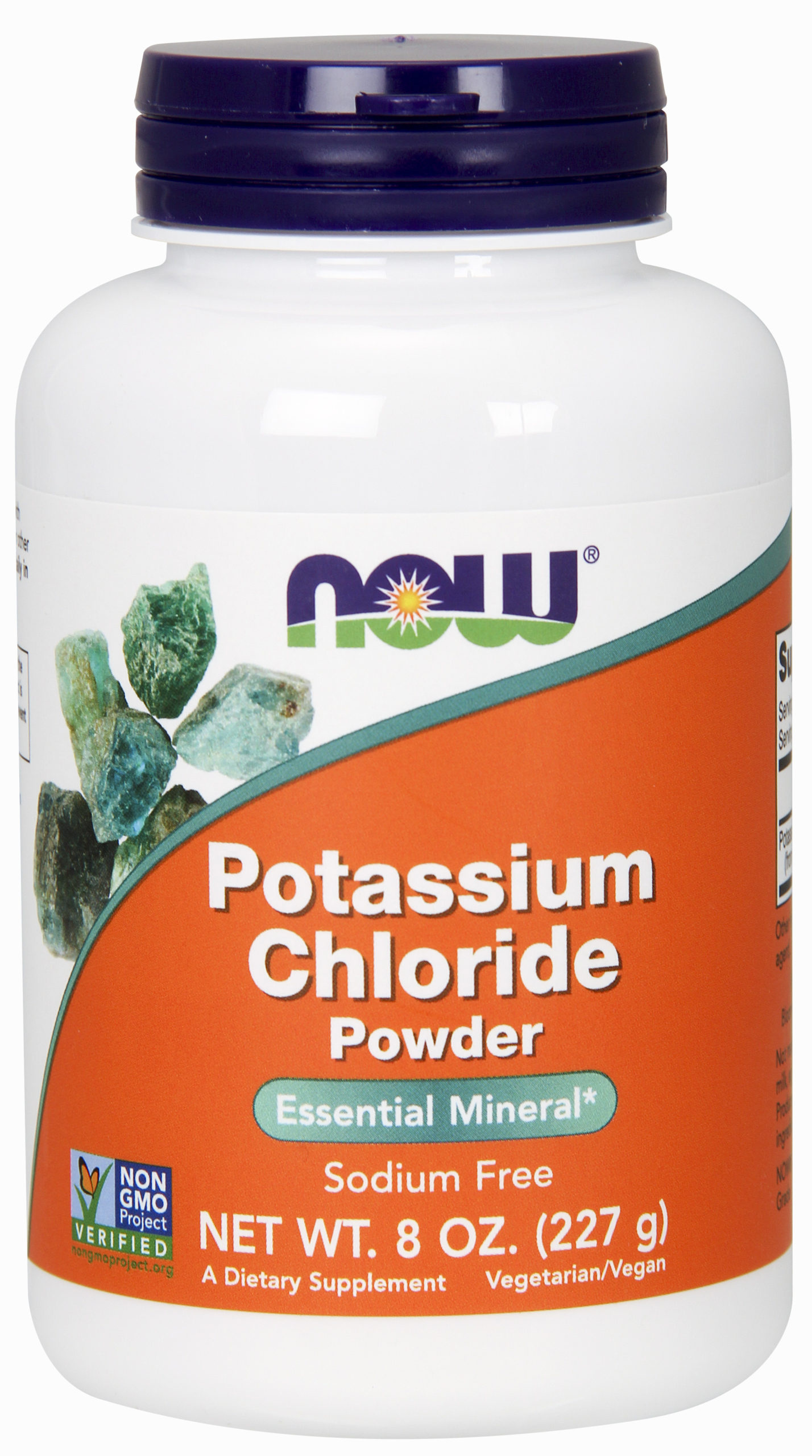
Often, a medical professional may advise supplements. There is some evidence that these may help:
– manage high blood pressure
– protect against stroke
– prevent kidney rocks
– increase bone health
– manage blood sugar levels
However, verifying that potassium supplements can help treat or protect against these wellness problems will certainly require more study.
Ask a doctor prior to making use of potassium supplements. This is particularly essential for people who have a kidney condition or are additionally taking other drugs.
Shortage of potassium in your system – hypokalemia
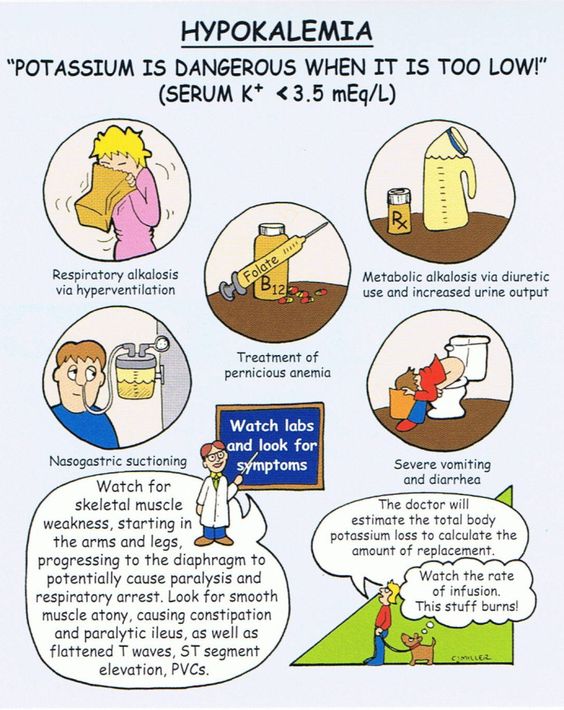
A Kalium shortage, or hypokalemia, can lead to numerous illness, including:
– hypertension
– a threat of kidney stones
– reduced calcium levels in the bones and hypocalcemia
For an or else healthy individual, a deficiency includes having potassium degrees lower than 3.6 millimoles per liter (mmol/l) of blood product. This cutoff point is lower for individuals with kidney illnesses.
An individual with a moderate potassium shortage might experience:
– constipation.
– tiredness.
– muscular tissue weak point.
– a general feeling of being weak, or “despair”.
If potassium levels fall below 2.5 mmol/l in an or else healthy person, doctors consider this to be modest to the serious shortage. It can result in:
– a high urine production.
– glucose intolerance.
– muscular paralysis.
– breathing problems.
– changes in heart rhythm, in people with cardiovascular disease.
– confusion, in people with kidney disease.
A severe deficiency can be serious because it can impact the heart.
Stay in the understand. Obtain our complimentary daily newsletter.
Expect in-depth, science-backed toplines of our best stories each day. Faucet in and maintain your interest completely satisfied.
Way too much potassium – hyperkalemia.
A person can generally tolerate high potassium levels aka hyperkalemia, which the kidneys remove.
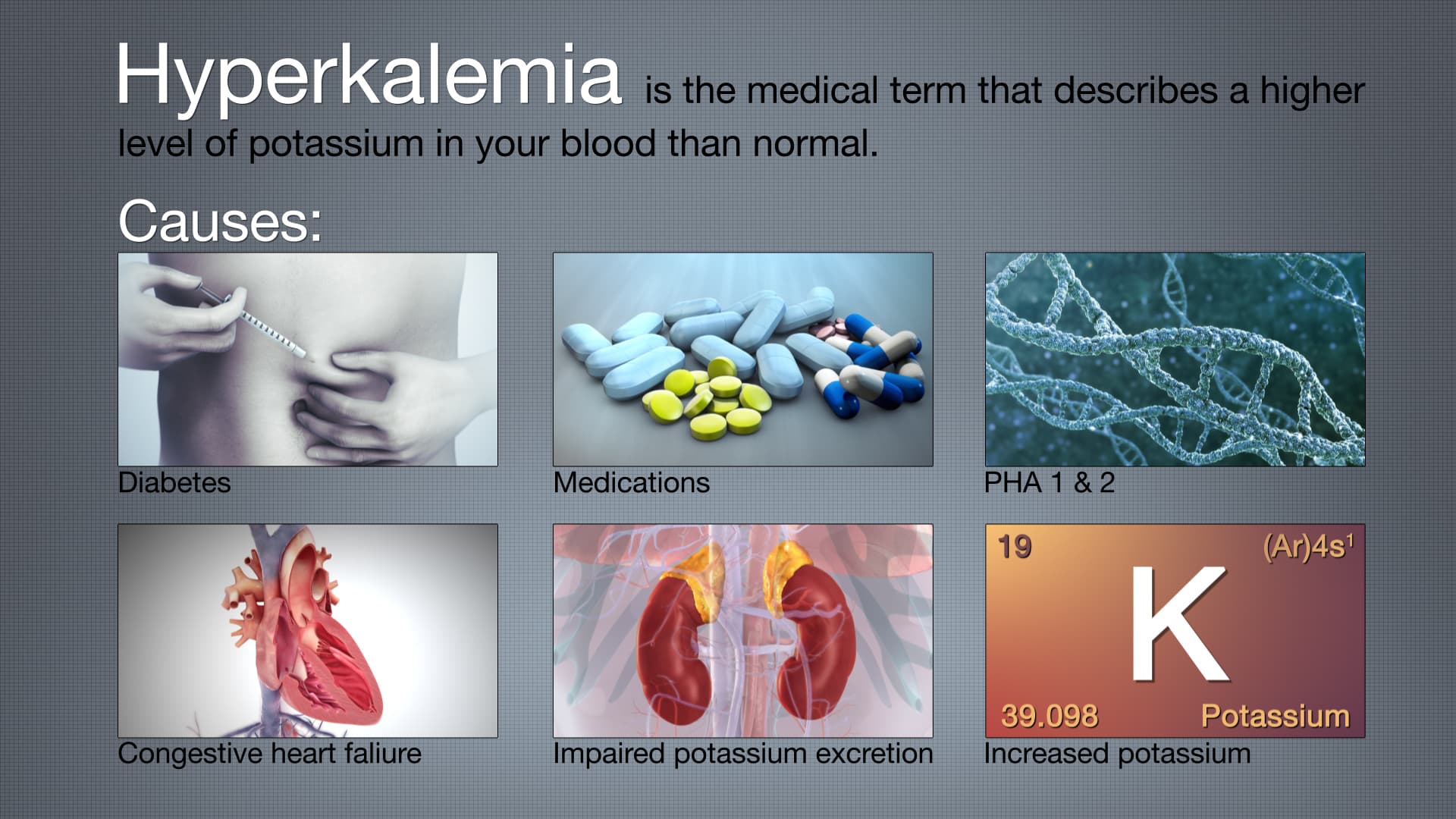
Nevertheless, high potassium levels, or hyperkalemia, can be harmful to individuals with kidney issues if their kidneys are unable to get rid of excess potassium. This can be dangerous if the degrees climb promptly.
Physicians think about Kalium levels to be high when they reach 5.1 to 6.0 mmol/l of blood lotion. In this case, expert surveillance is vital, as well as any type of level more than 6.0 mmol/l requires prompt interest.
People with hyperkalemia may have no or extremely few signs and symptoms. If signs appear, they are similar to those of hypokalemia.
Serious or abrupt hyperkalemia can create:
– heart palpitations.
– shortness of breath.
– chest pain.
At this stage, the issue can be life-threatening and also need prompt clinical attention.
Medication interactions with potassium.
Any individual taking medicine should not increase their Kalium consumption before discussing it with a medical professional, as some medicines can communicate with Kalium.
For example, drugs called angiotensin-converting enzyme preventions and angiotensin receptor blockers prevent a body from getting rid of Kalium. These medications are often called ACE inhibitors as well as ARBs, respectively. Instances consist of benazepril (Lotensin) as well as losartan (Cozaar).
A person that takes either kind of medication and has a kidney condition, type 2 diabetic issues, or heart problem may develop Kalium levels that are too expensive.
Potassium-sparing diuretics avoid the body from eliminating Kalium in the pee. If an individual takes one of these medicines, a doctor will monitor their potassium levels. Examples include amiloride (Midamor) and spironolactone (Aldactone).
Loop and also thiazide diuretics trigger the body to shed kalium by raising urine results. This can result in low potassium degrees. Examples include furosemide (Lasix) as well as bumetanide (Bumex).
Conclusion
Potassium is an essential mineral. Dried-out fruits, beans, and also various other plant-based foods can be great sources of it.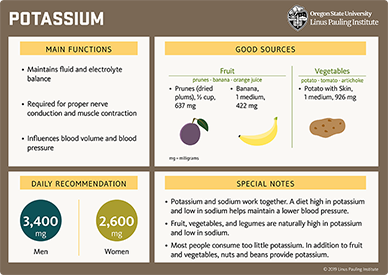 The mineral helps preserve the health of the kidneys, bones, and also the cardio system, and it might aid manage blood pressure.
The mineral helps preserve the health of the kidneys, bones, and also the cardio system, and it might aid manage blood pressure.
A high Kalium consumption is not healthy and balanced for an individual with kidney illness. A doctor will certainly advise any individual with kidney problems concerning how much potassium to eat.
The very best way to absorb Kalium is with a healthy and balanced diet plan. If anybody has concerns regarding their Kalium degrees, they ought to talk with their doctor.
It is very important to not attempt to control your potassium level by yourself. As described above both hypokalemia and hyperkalemia are serious medical conditions that may cause not only discomfort and chronic diseases but also sudden death. Always ask your physician if you need any additional Kali supplements or they may cause an excess of potassium in your body.
For professional help contact Philadelphia Holistic Clinic at (267) 284-3085 to schedule your appointment for a comprehensive holistic evaluation with Dr. Tsan
Comments
Post a Comment